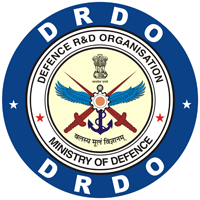A Survey of the Metadata Element Sets Used for Digital Art Objects in the Online Collections of the Museums of India
DOI:
https://doi.org/10.14429/djlit.43.04.19228Keywords:
Digital heritage, Cultural heritage, Indian museums, Digitized collection, Cultural objects, Metadata elementsAbstract
Digital technology advancements have had a significant impact on how people learn, search for information, and evaluate it. Indian cultural heritage institutions like GLAMs (Galleries, Libraries, Archives, and Museums) have also embraced a number of digitisation initiatives to increase access to their wide-ranging art collections. Digital paintings and other cultural heritage information artifacts can facilitate digital humanities research in multiple ways. Using an online content analysis and observation method, this study looks at how metadata elements are used to describe the different art collections in five national museums in India. The study finds that 13 categories of art objects are made available by all the museums. Each category is described by a different number of metadata entry elements. The study also finds the metadata elements that different museums prefer for different types of art objects, as well as the common elements. The findings highlight the need for standardisation in metadata practices to improve the discoverability and accessibility of cultural objects and show how crucial metadata is in facilitating access to cultural objects. The results could help GLAMs create metadata guidelines and strategies for their digital collections, which would make digital art objects more discoverable and accessible.
Downloads
Published
How to Cite
Issue
Section
License
Except where otherwise noted, the Articles on this site are licensed under Creative Commons License: CC Attribution-Noncommercial-No Derivative Works 2.5 India




